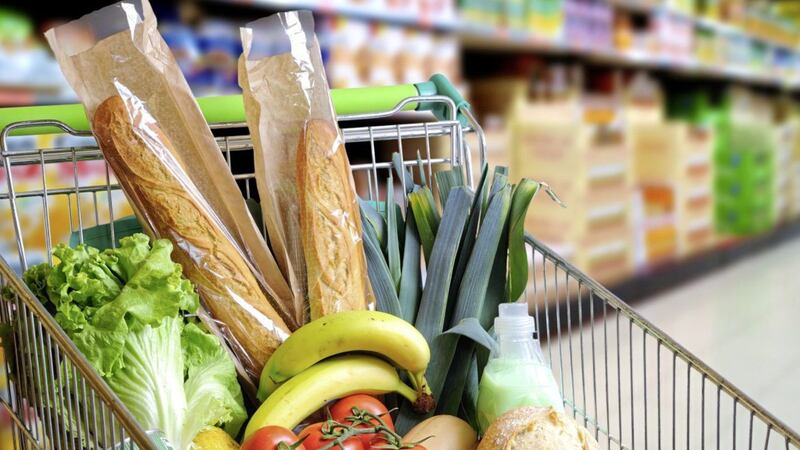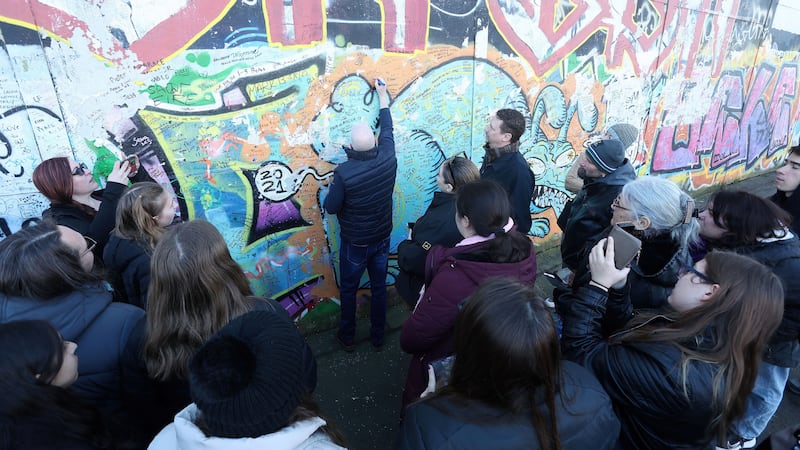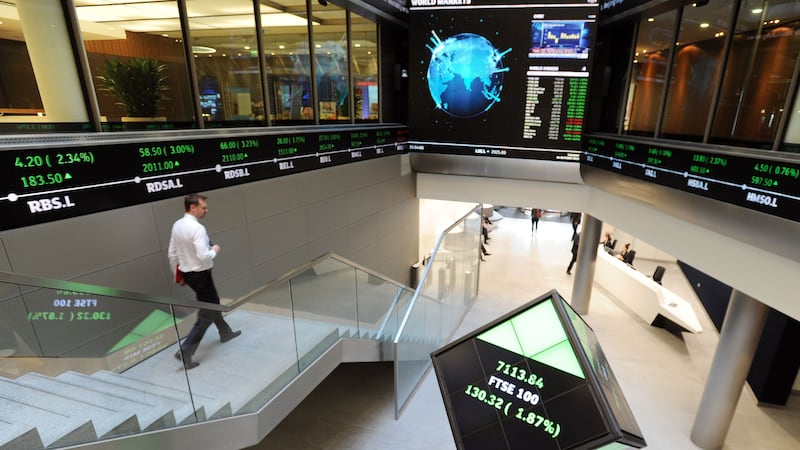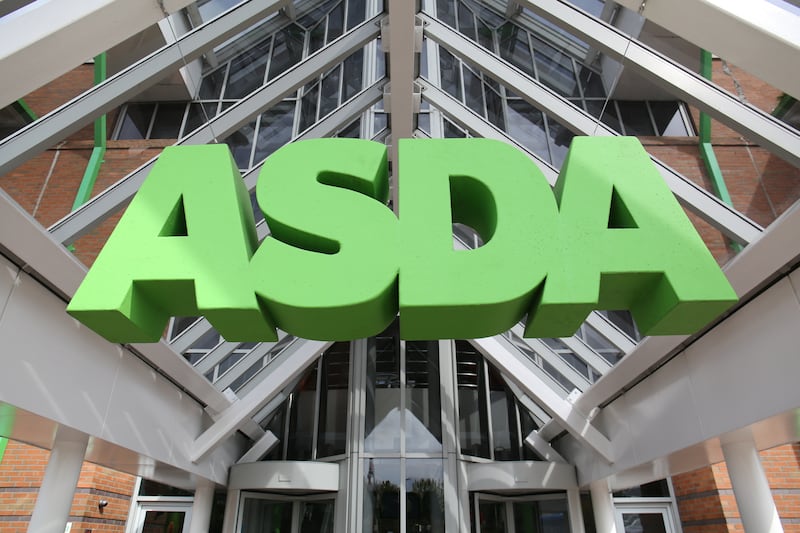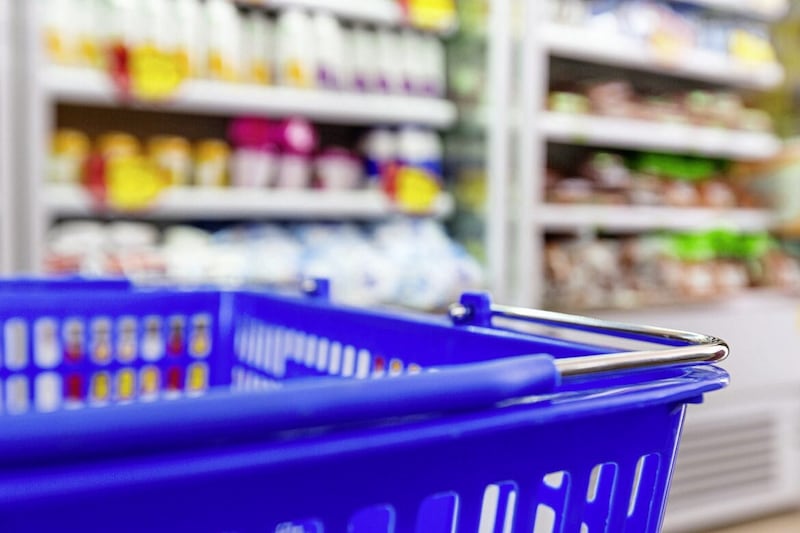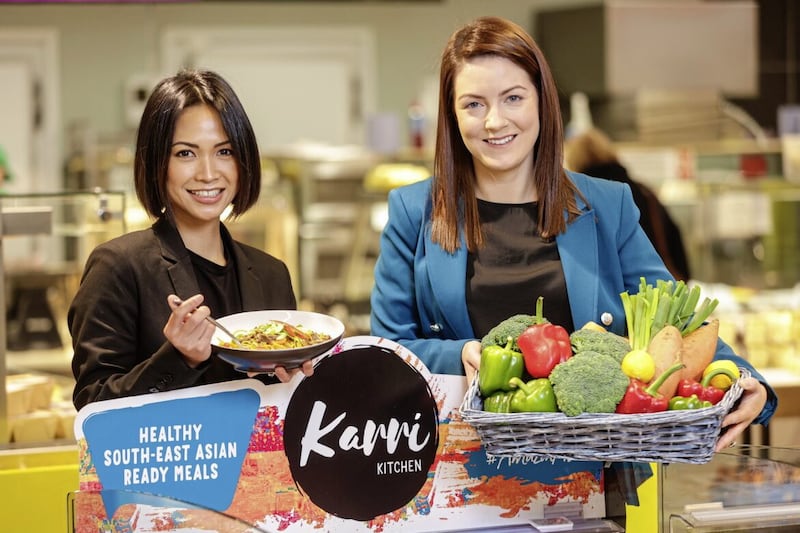SHOPPERS from the Republic are snapping up more than £1 million a week's worth of groceries in Northern Ireland shops and supermarkets, new figures show.
As Brexit continues to dominate the headlines and the debate rages on about the implications of a hard border, latest grocery market share figures from Kantar Worldpanel reveal that the value of cross-border trade is at its highest level for five years.
They show that, over the 12 months to November 4, shoppers from the Republic spent €64.5 million (£57.4m) on groceries in the north.
Douglas Faughnan, consumer insight director at Kantar Worldpanel, said: “Over the past year, one in eight households from the Republic made at least one trip north of the border to do a grocery shop, which equates to more than 207,000 shoppers.
“While these excursions account for a relatively small percentage of each family’s supermarket visits, they want to make the efforts worthwhile so spend substantially more when they cross the border - an average €38.50 compared to €23.70 back home.”
Alcohol is the biggest attraction for shoppers looking for a cross-border bargain.
Mr Faughnan added: “Of the €65 million spent by Republic of Ireland shoppers in Northern Ireland, some €16 million, about a quarter, went on alcohol. No other food or drink category comes close, with dairy products accounting for the next largest share of cross-border spend, at 5.9 per cent.”
The strength of the euro against sterling over the past two years has made cross-border shopping even more appealing, but there have been benefits for those spending in the Republic as well.
He said: “The cost of importing products to Ireland from Britain has fallen while goods made in Ireland with British ingredients have typically been cheaper to produce. This has allowed retailers to pass savings on to their customers – vital in such a competitive market – and as a result grocery prices in Ireland have for the most part been falling since March 2017.
“However, for only the second time in 21 months, grocery prices have increased, suggesting the prolonged period of grocery price deflation may be coming to an end.”
The Kantar figures show that grocery sales in Northern Ireland increased by 1.4 per cent over the year to November. On average, Northern Irish shoppers have spent an additional £34.80 throughout the year, which can largely be attributed to higher prices.
“Although Tesco’s growth was slower than in the preceding period, sales are 1.7 per cent higher than this time last year, helping the grocer to retain an overall 35.2 per cent share of the market," Mr Faughnan said.
"More than nine out of 10 Northern Irish households shopped at Tesco in the last 12 months.
“Sainsbury’s increased sales by 2.1 per cent, widening the gap over rival Asda. The supermarket attracted an additional 18,000 shoppers through its doors and now accounts for 17.4 per cent of grocery sales in Northern Ireland, ahead of Asda’s 17.1 per cent.
“For the second consecutive period, Lidl recorded growth of 8.5 per cent and was the only other retailer to increase shopper numbers. More than 9,000 additional customers visited Lidl over the course of the year, helping the retailer capture 5.8 per cent of the market.”
